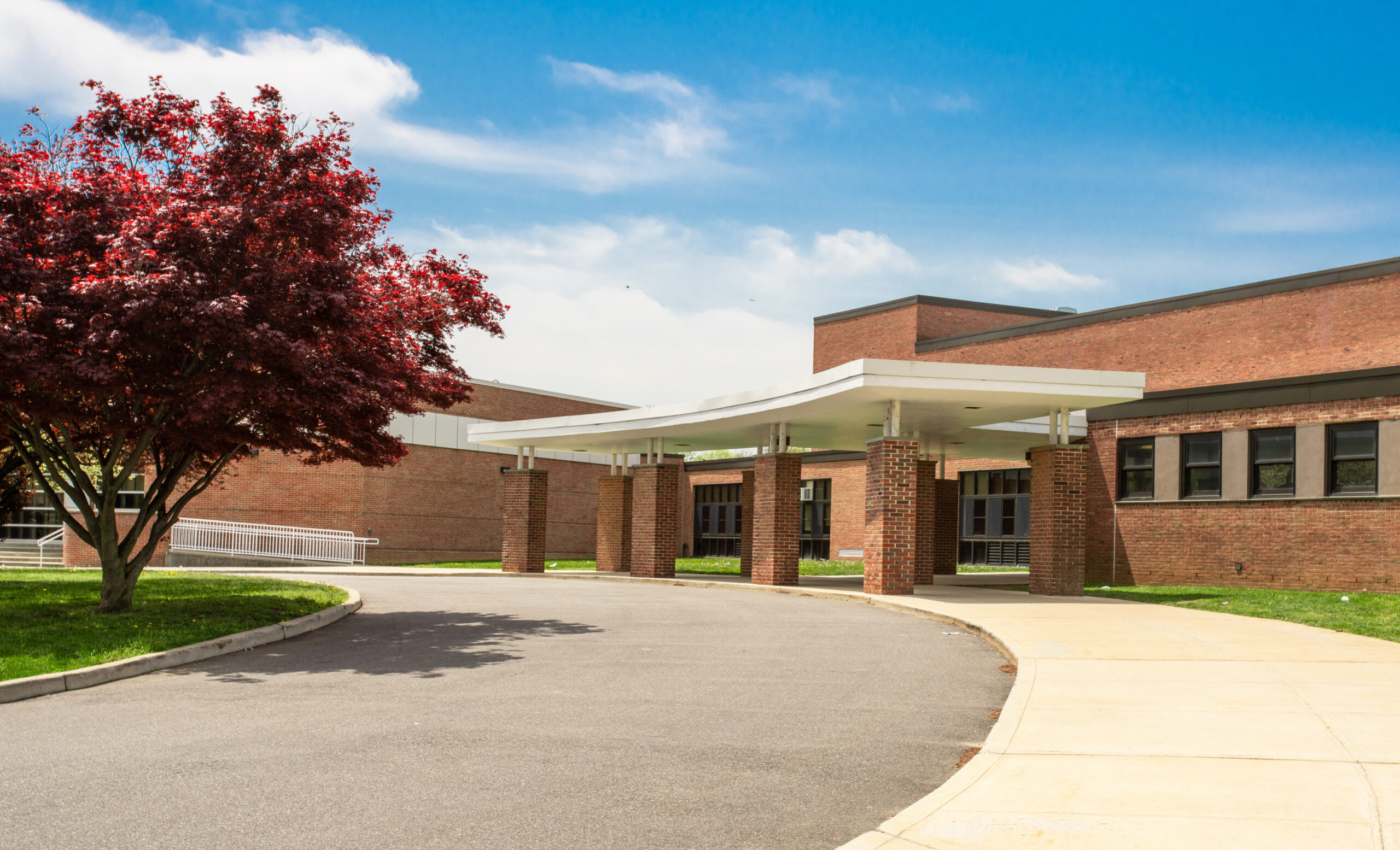SAFETY MATTERS – PROPERLY REFUELING SCHOOL-OWNED EQUIPMENT
Properly Refueling School-owned Equipment
Filling up a vehicle used for school trips or on school grounds may seem like an easy, mindless task, but it can be extremely dangerous if done incorrectly. Not only can improper refueling cause burns, fires or explosions, but the gasoline or diesel itself is also a hazardous substance with the potential for leaks and spills.
When refueling on school grounds or when stopping off-campus to fill up, make sure you are taking the right precautions to keep yourself, students and the equipment safe. Use these tips to ensure refueling does not result in an accident.
- Always concentrate on the task at hand. Do not try to complete other tasks while refueling.
- Stand by the tank so you can act quickly if something goes wrong.
- Do not refuel while smoking, while others are smoking or near any other open flames.
- Do not overfill the fuel tank—95 percent full is a good guideline for any type of vehicle or container.
- On hot days, allow room in the tank for the fuel to expand.
- If filling up on school grounds, do not refuel in areas with heavy vehicle or foot traffic.
- Do not refuel in areas that have the potential for spills or fuel ignition.
- Use only approved containers to hold fuel, and make sure they are stored in a safe place without the risk of ignition or being knocked over.
- After filling with a portable container, wipe it off and ensure the cap is secure and the air vent is tight.
When Refueling Vehicles:
- Make sure no students are around. Children’s heads could be at the same level as the gas tank which could result in dangerous fume inhalation. They could also get splashed with fuel, making them highly flammable.
- Turn off the engine and chock the wheels if there is a possibility the equipment or vehicle could roll.
- Do not top off the tank.
- Use only the hold-open latch provided on the pump.
Guidelines for Refueling Areas
- Clearly mark areas in the facility where refueling will occur to avoid the possibility of accidents, including spills or inadvertent ignition.
- Clean up all spills immediately. If you have to leave a spill unattended, mark off the area to reduce the possibility of slips.
- Make sure there is a fire extinguisher available in the area before you begin fueling and that you know how to use it.
- Keep the entire area unobstructed. Make sure other vehicles can enter and exit the area smoothly and that it is free of garbage and debris.
About the Author
Share This Story
Related Blogs
Group Health Premiums on the Rise: What Employers Need to Know
In 2025, rising group health premiums are becoming a central concern for employers. Carriers like UnitedHealth, Anthem, and CVS Health have issued projections showing significant cost increases—driven by escalating claims severity, specialty drug costs, and continued labor shortages across provider networks.
SECURE 2.0 Implementation: A New Era in Retirement Planning
The SECURE 2.0 Act, passed in late 2022 and now in active rollout through 2025, is reshaping the landscape of workplace retirement planning. Designed to expand access, modernize plan design, and improve financial preparedness, the law introduces over 90 new provisions—many of which are now surfacing in HR departments across the country.
Visitor Check-In and Access Control Best Practices
Visitor check-in and access control best practices are essential for ensuring campus safety. With increasing security concerns in schools, implementing visitor check-in and access control best practices helps minimize unauthorized access, protect students and staff, and ensure a safe learning environment.








